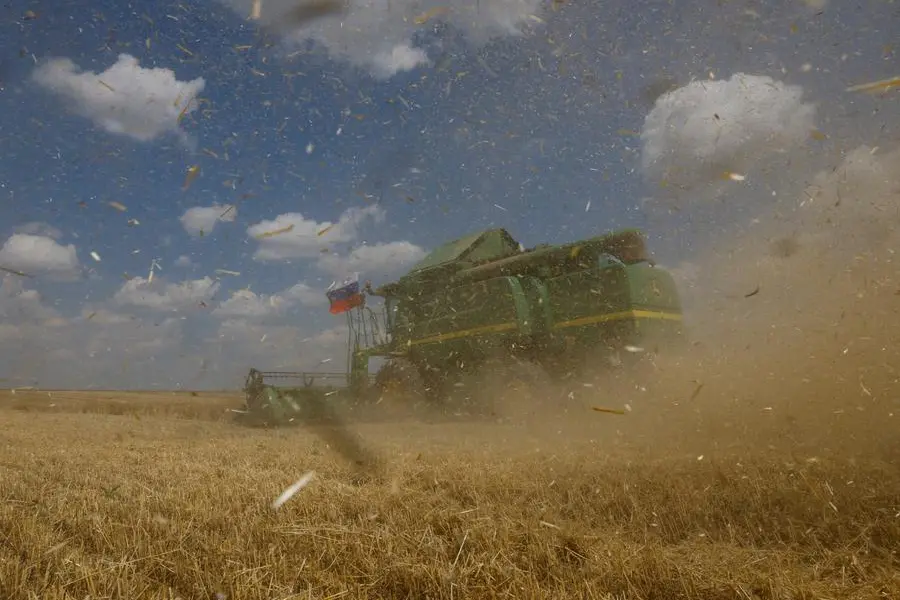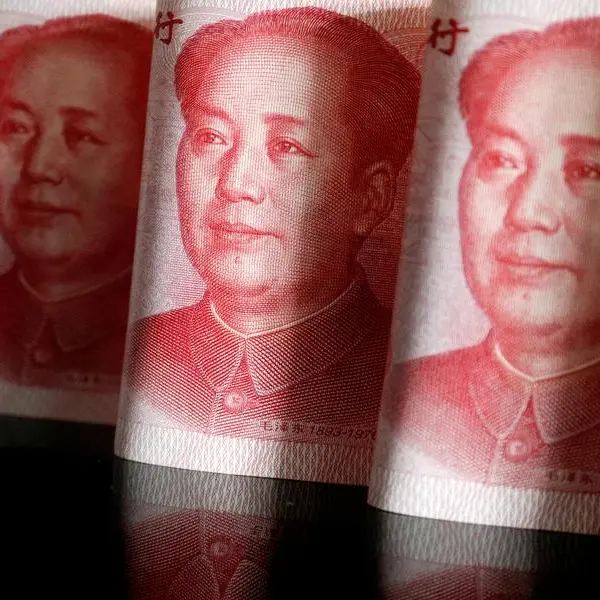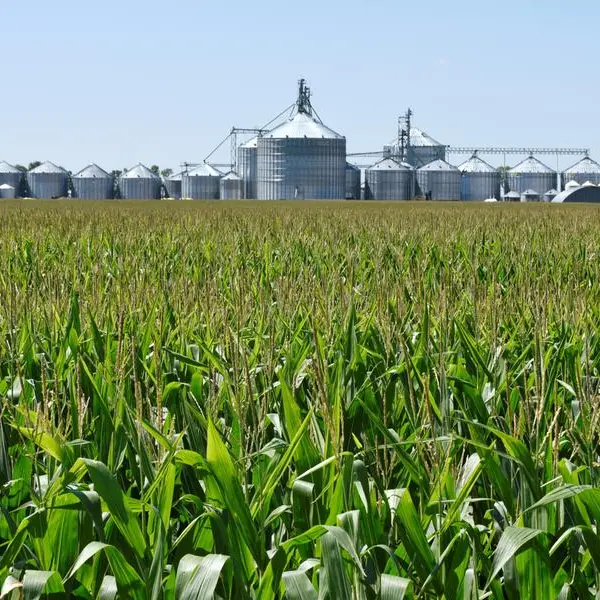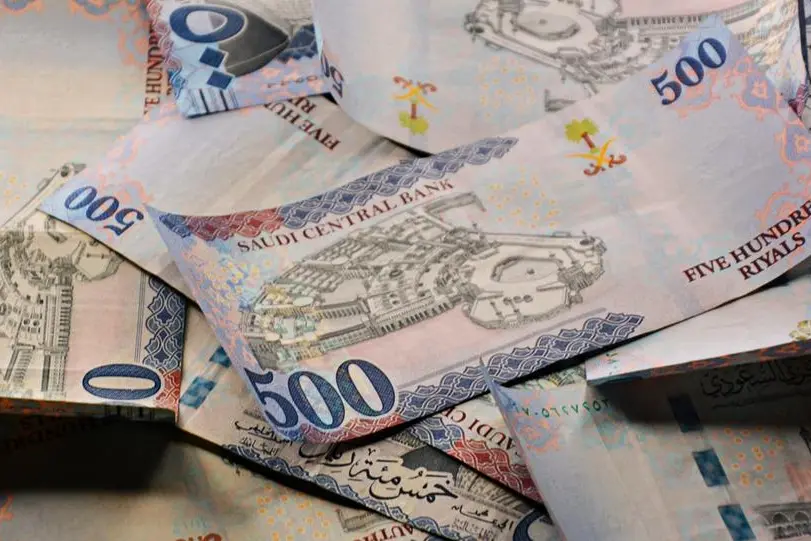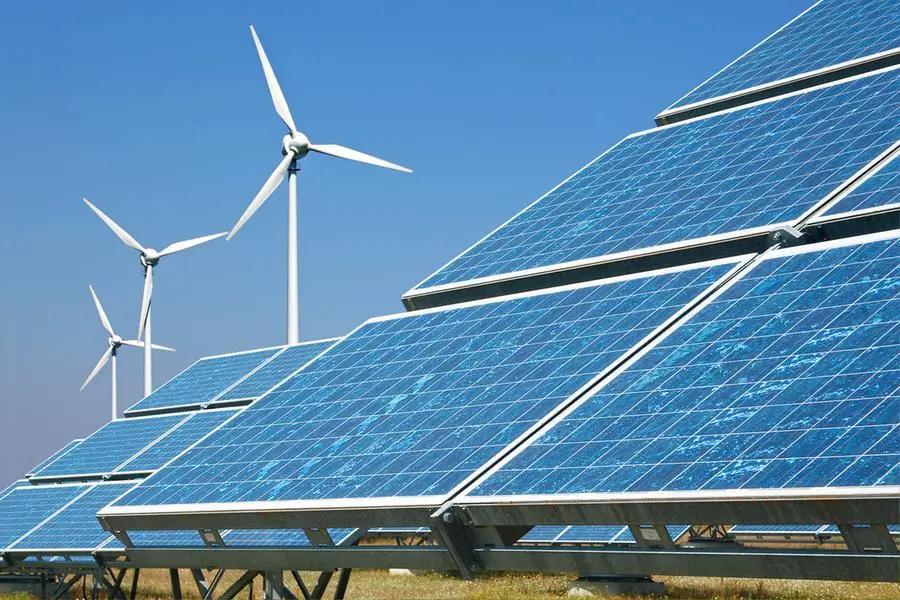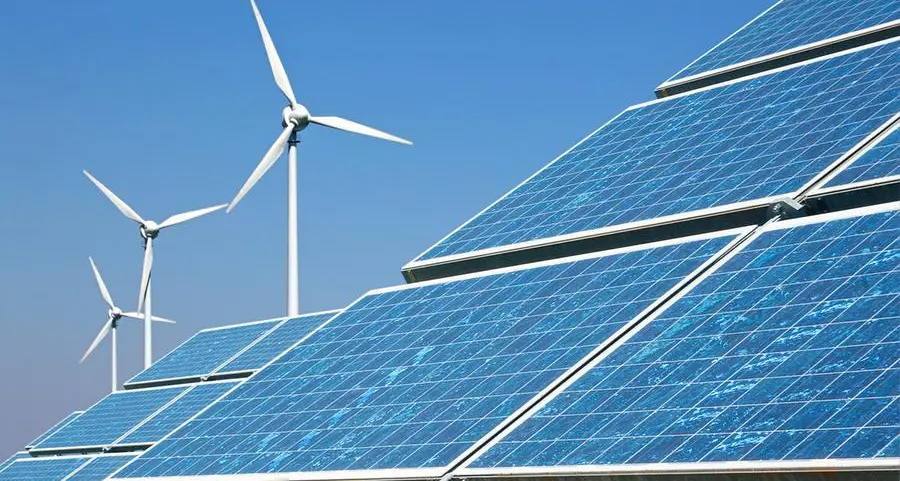PHOTO
(The opinions expressed here are those of the author, a market analyst for Reuters.)
NAPERVILLE, Illinois - Ukraine’s grain crops are far from the world’s largest. In fact, the U.S. state of Iowa grows more than twice the amount of corn that Ukraine does in an average year.
Still, Ukraine has established itself as a key global grain supplier due to its ability to export the majority of what it grows. Rapid expansion in corn production, which tripled during the 2010s, added to the success.
Unfortunately, Ukrainian grain output has declined notably since the record-setting crop of 2021-22, harvested just months before Russia’s 2022 invasion.
Some early outlooks suggest this bleak trend could continue in the upcoming 2025-26 year, which, if realized, may further cut in to Ukraine’s export shares and benefit rival suppliers like the United States.
Additionally, a meager Ukrainian wheat crop and relatively average prospects for neighboring Russia could pressure global wheat supplies into 2026.
But amid the grain gloom, oilseeds remain a bright spot for Ukrainian farmers.
GRAIN DECLINES
Grain farming has largely been unprofitable in Ukraine since 2022 amid war-related logistical challenges and other economic factors.
Major grain output -- corn, barley, wheat -- in 2024-25 was among the smallest in over a decade, falling 34% from 2021-22’s benchmark due to smaller plantings.
The U.S. Department of Agriculture’s Kyiv attache last week pegged Ukraine’s 2025-26 harvested wheat area at a 22-year low, weighed down by excessively dry conditions during planting. That would drop wheat production by 23% on the year.
Other outlooks are less harsh. Analyst APK-Inform earlier this month put Ukraine’s wheat crop down just 1% from last year but still near the lowest levels in over a decade.
Larger plantings should boost Ukraine’s 2025-26 corn output versus last year as profitability has finally improved. But a corn harvest in the 29 million-metric-ton range still falls well short of the record 42 million.
EXPORTS ON THE LINE
Ukraine’s grain crops need to meet or outperform expectations if it is to claw back export market share in 2025-26.
USDA projects Ukraine in 2024-25 will account for 11.7% of global corn exports, a 14-year low and down sharply from 15.2% a year earlier. Ukraine’s 2024-25 wheat export share of 7.7% would mark its second time below 8% within the latest decade.
Ukraine’s grain shipments have not dropped off as much as production since it has been able to export a larger-than-normal portion of its crop. Ukraine’s livestock industry, and thus domestic feed demand, has distinctly struggled since the war onset.
Recently, Ukraine has exported more than 80% of its annual corn crop and about 75% of its wheat crop. For comparison, the same figures for the United States stand at 16% and 45%, respectively.
OILSEED WINS
Oilseeds such as sunflower, soybeans and rapeseed have offered much better profitability potential for Ukrainian farmers versus grain, especially since 2022.
Combined harvested area of the three oilseeds hit records in 2023-24 and 2024-25, rising more than 30% within the last decade supported by a strong domestic processing network and high foreign demand for the products.
Rapeseed area will likely fall in 2025-26 due to the harsh fall planting conditions. The outlook is mixed on soybeans and sunflower, but oilseed area should remain robust.
Before 2022, oilseed area in Ukraine was significantly smaller than that of grains, but those could come closer than ever in 2025-26, reflecting farmers’ recent oilseed preference.
For Ukraine, oilseed product exports like oil and meal easily outweigh those of the raw seeds. This could work in Ukraine's favor given how tight the global vegetable oil market has become.
Ukraine has largely maintained oilseed and product exports at a high level since the invasion, meaning it may not have to relinquish more market share if the upcoming harvests prove successful.
Karen Braun is a market analyst for Reuters. Views expressed above are her own.
(Writing by Karen Braun; Editing by Matthew Lewis)
Reuters
